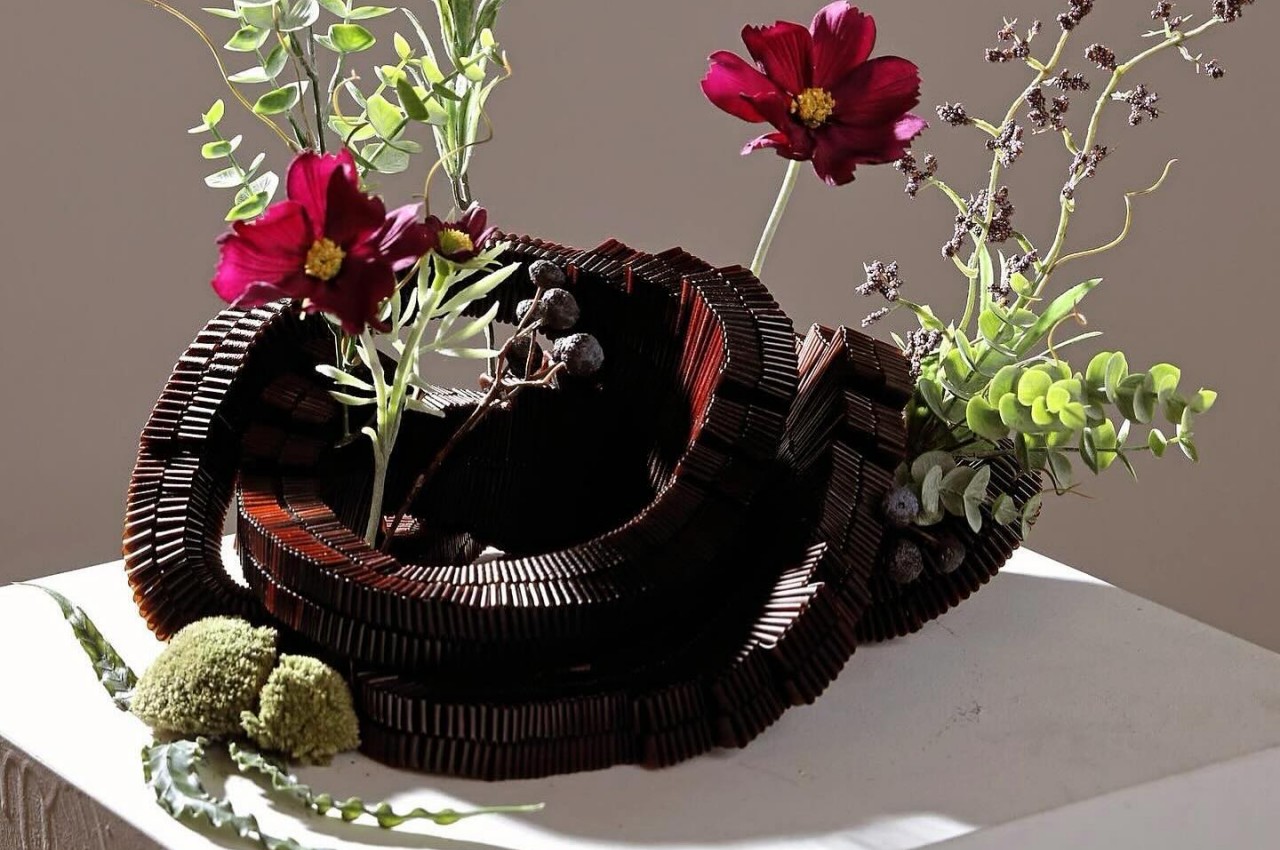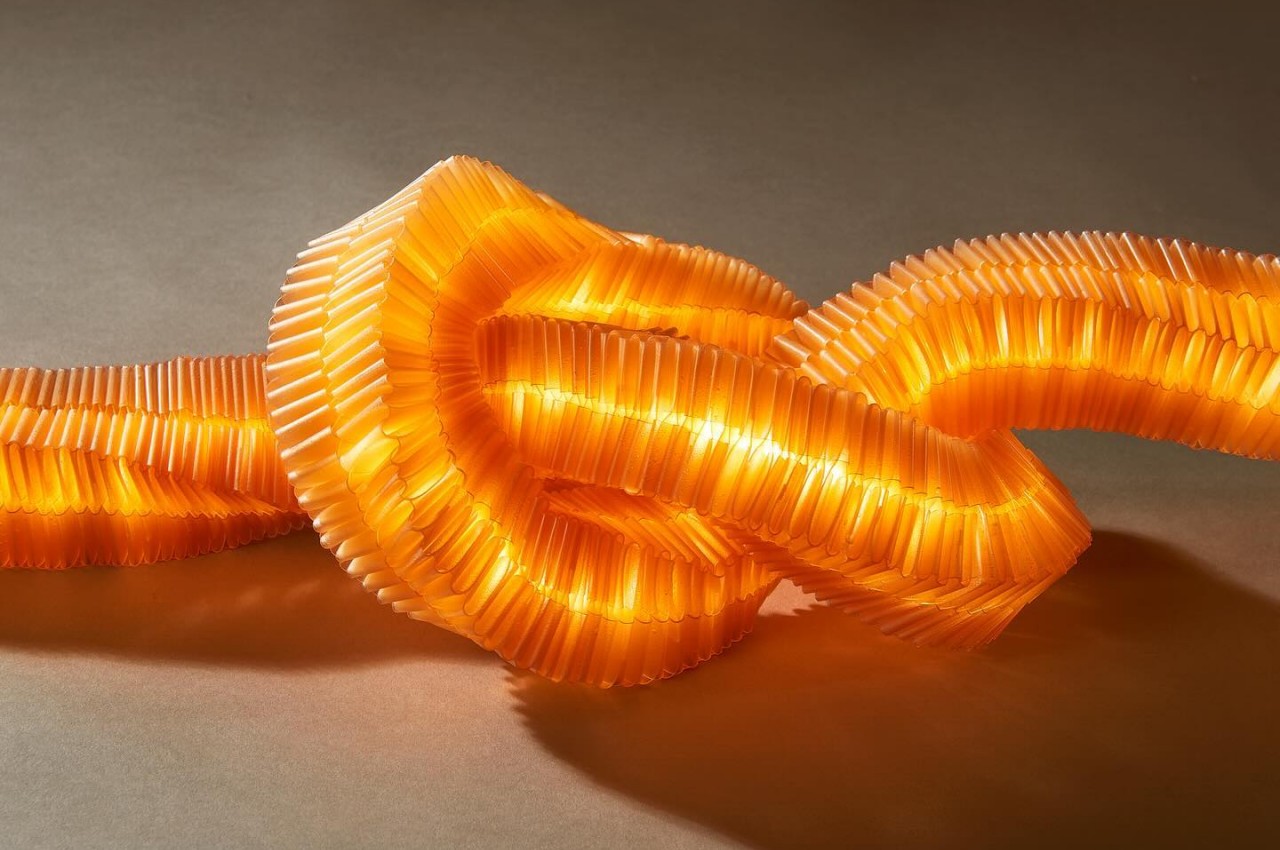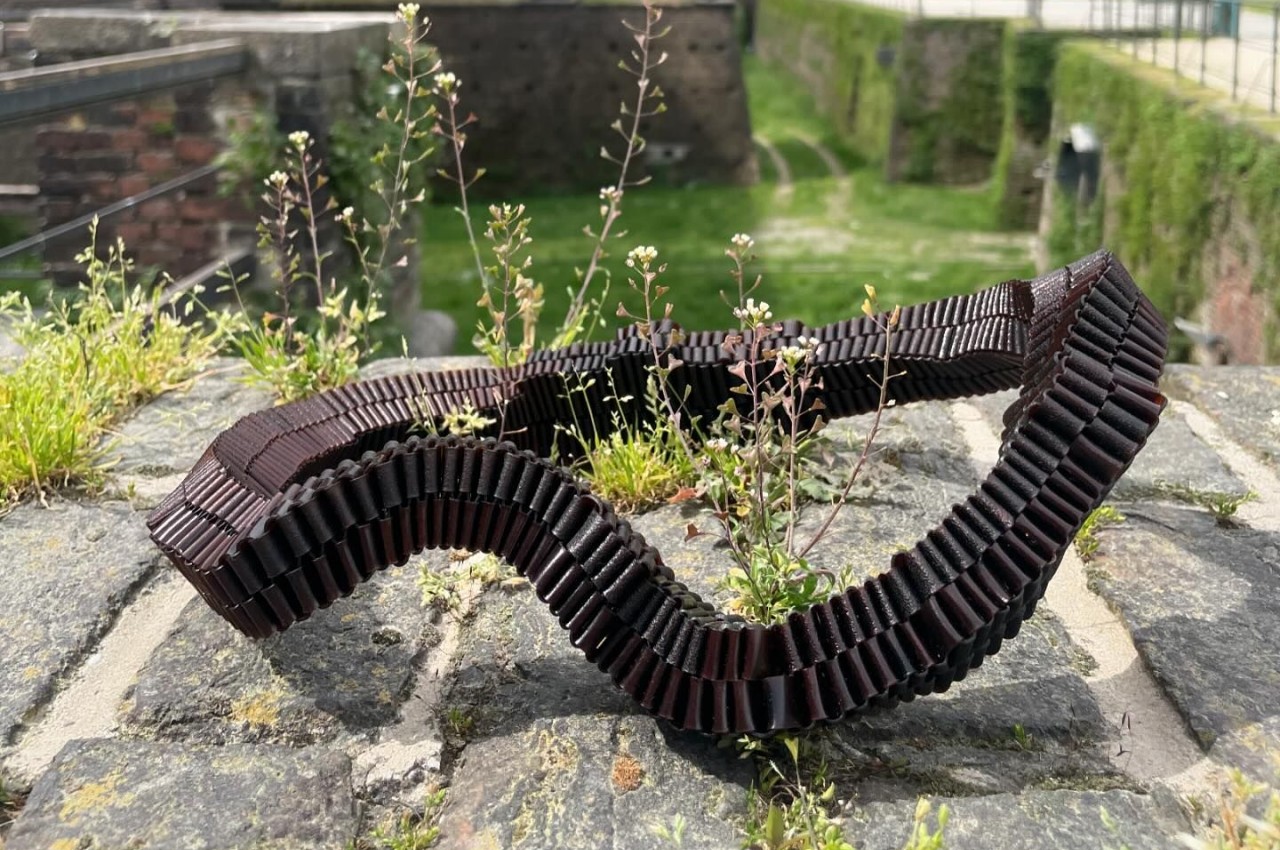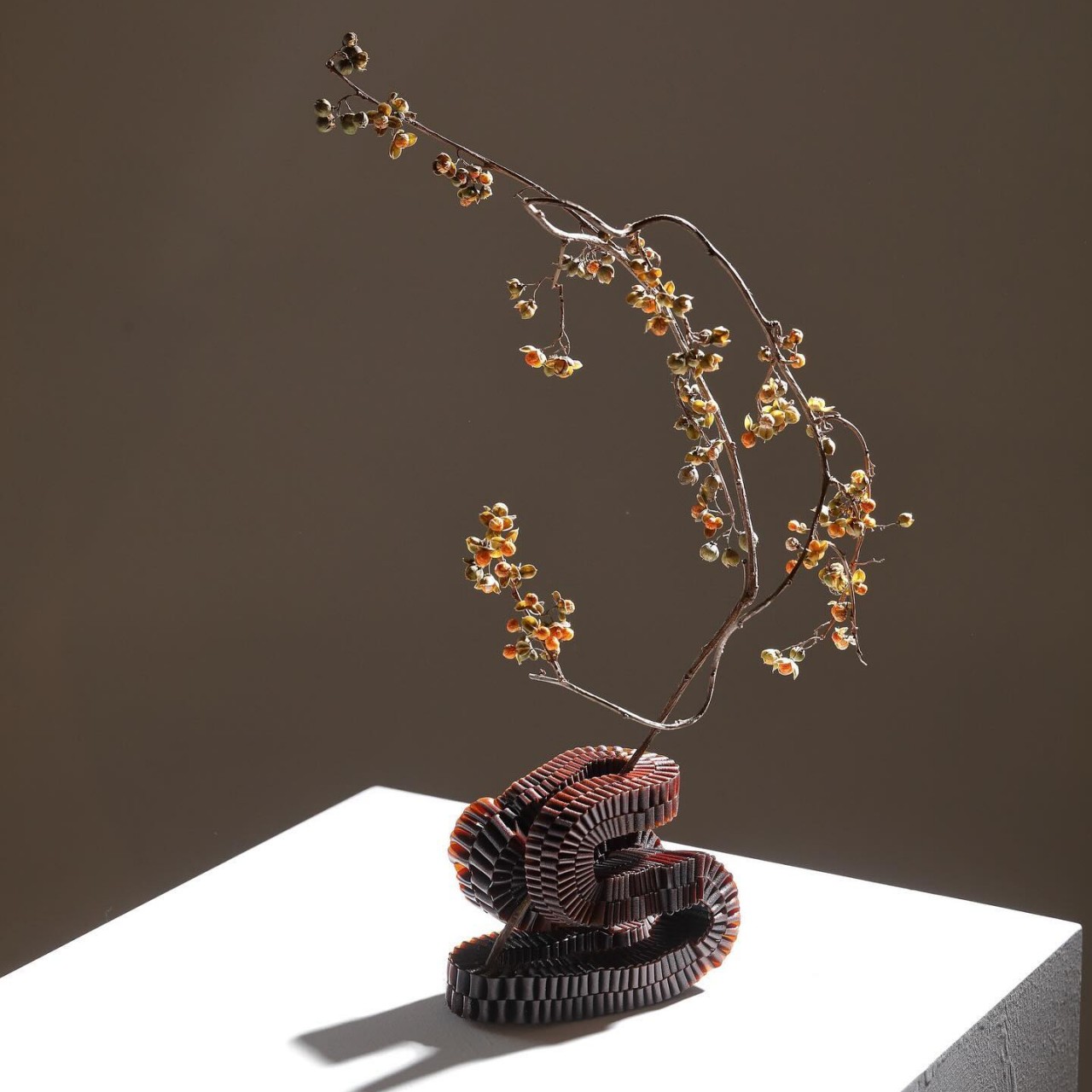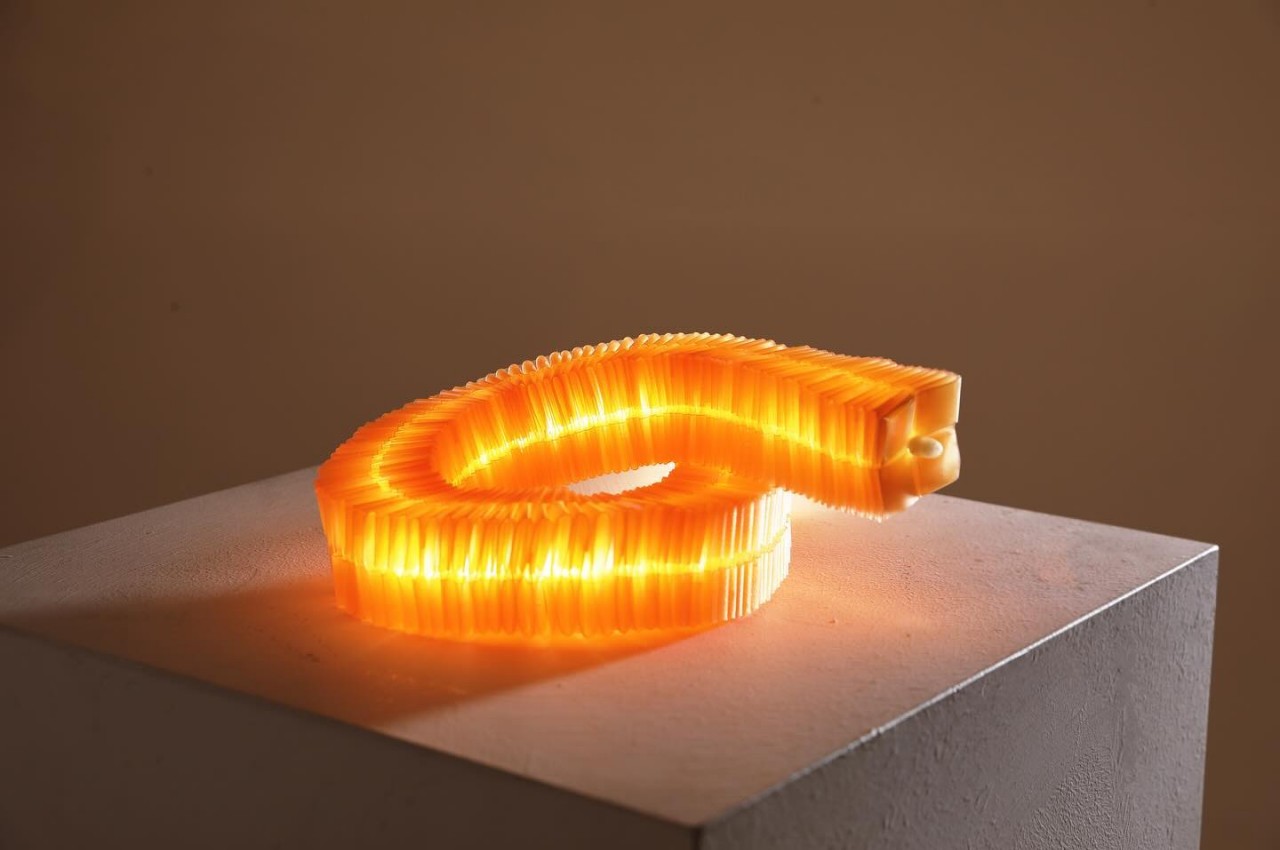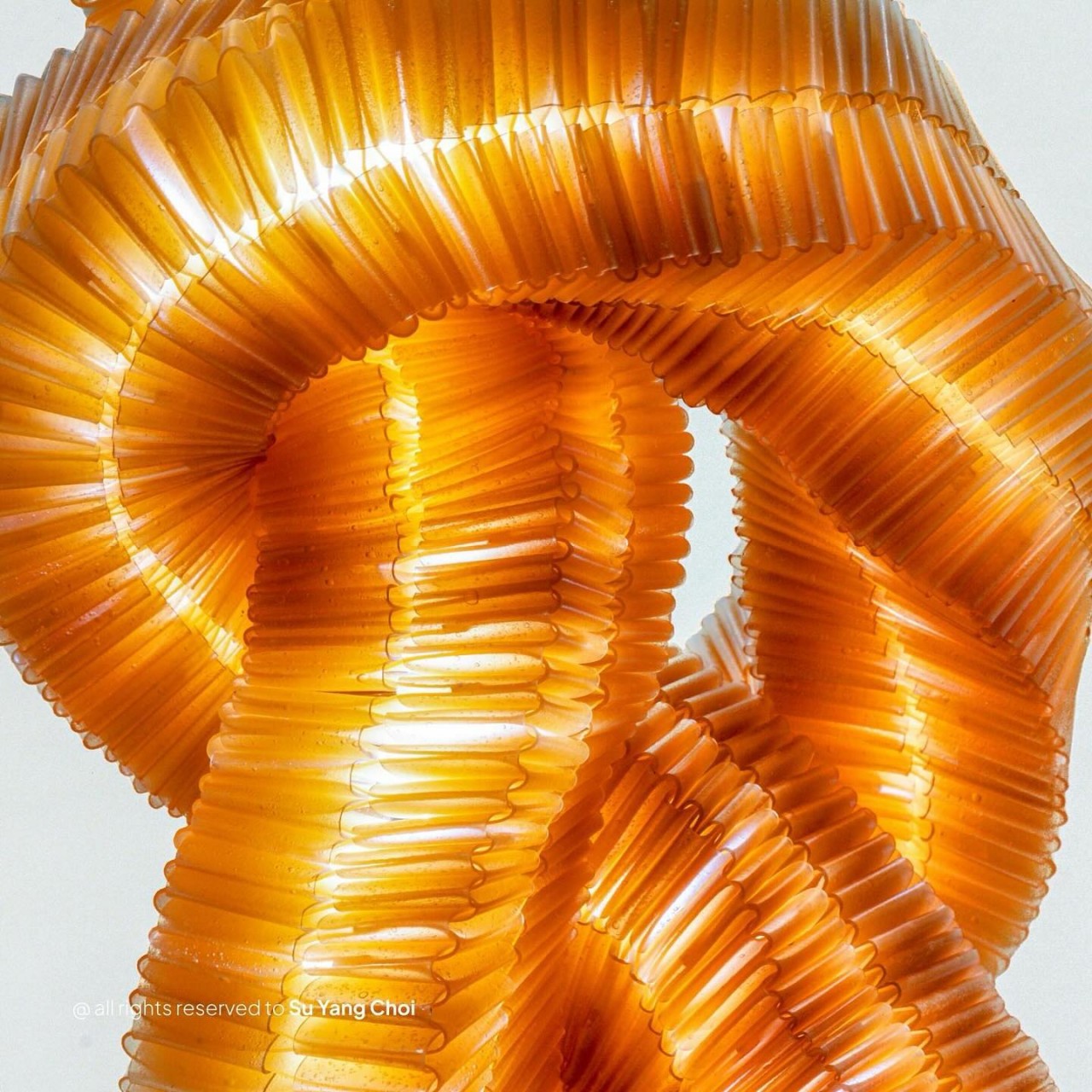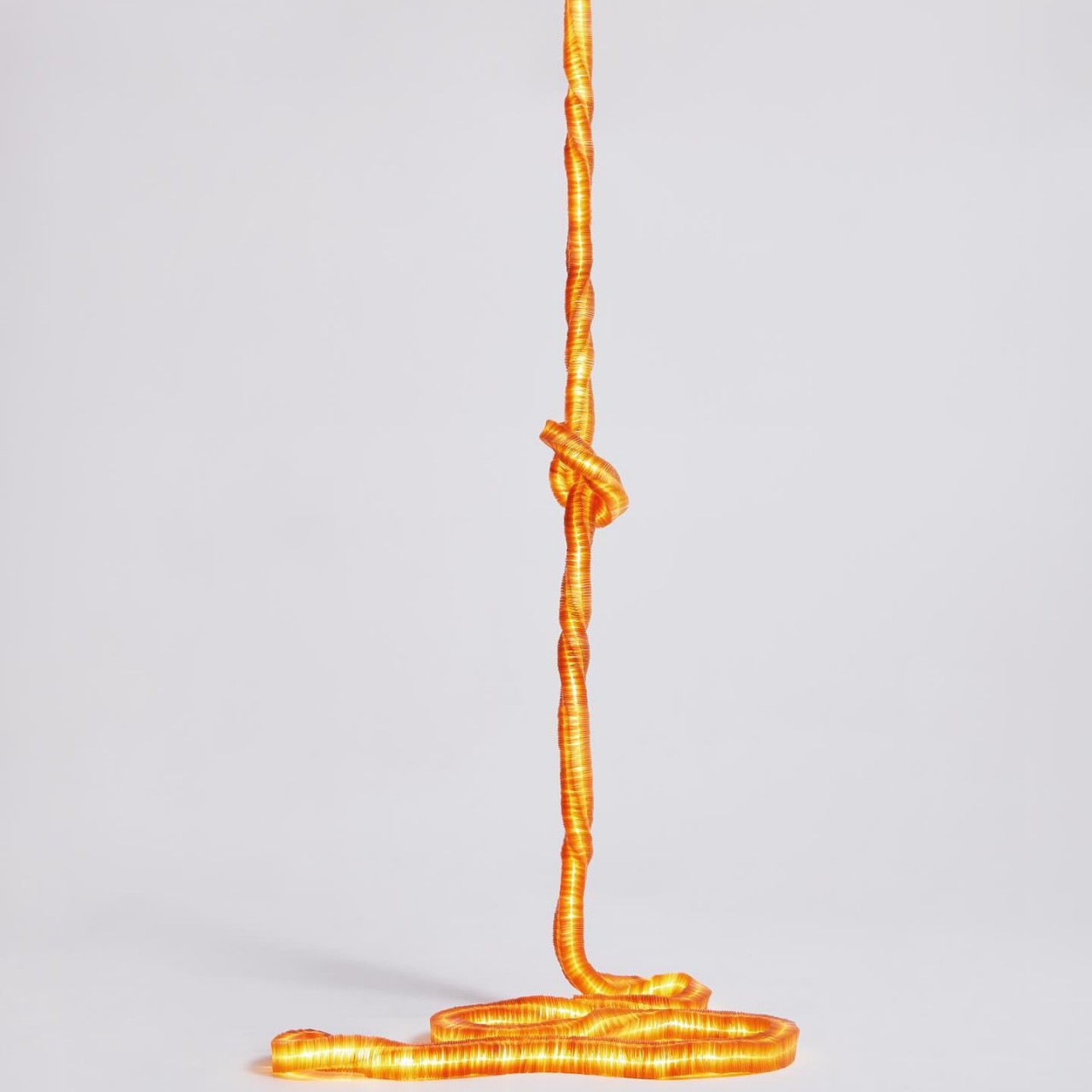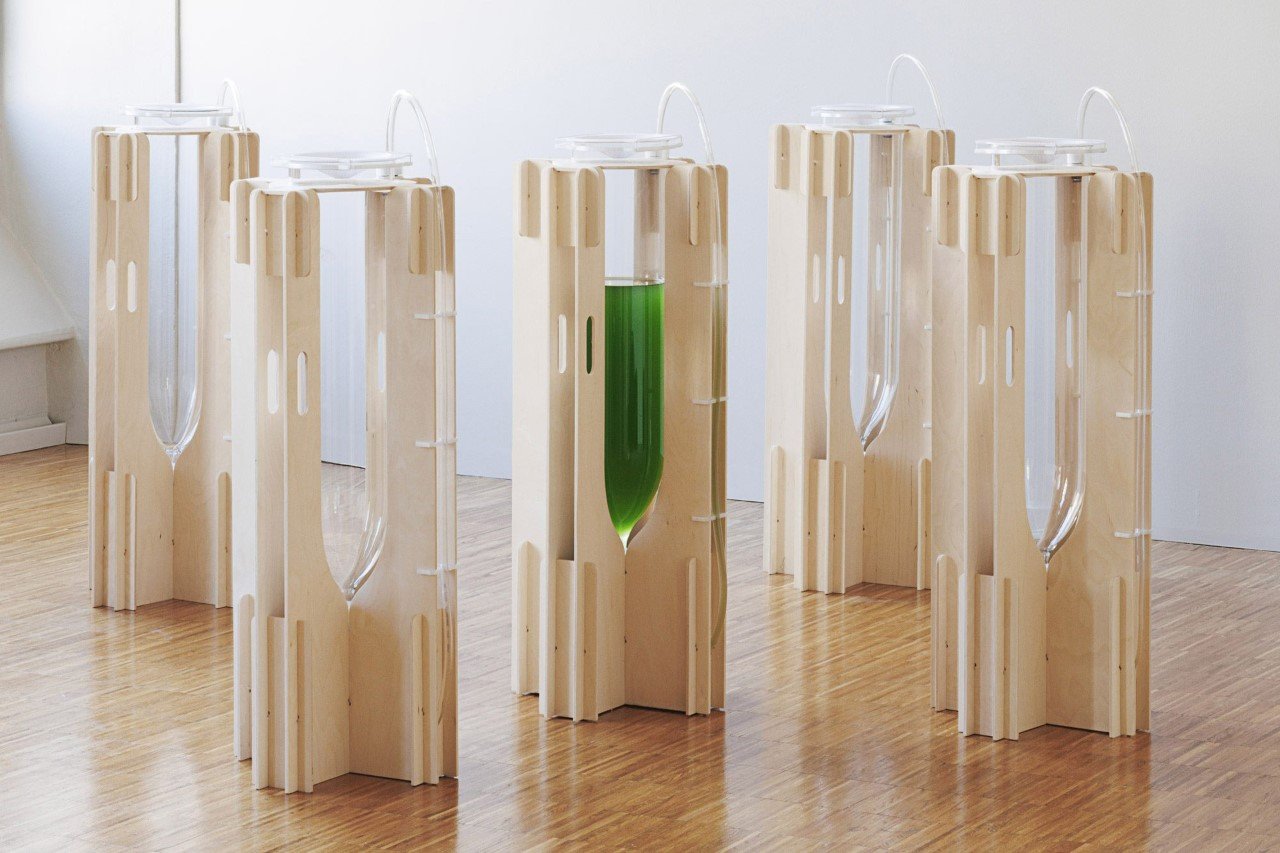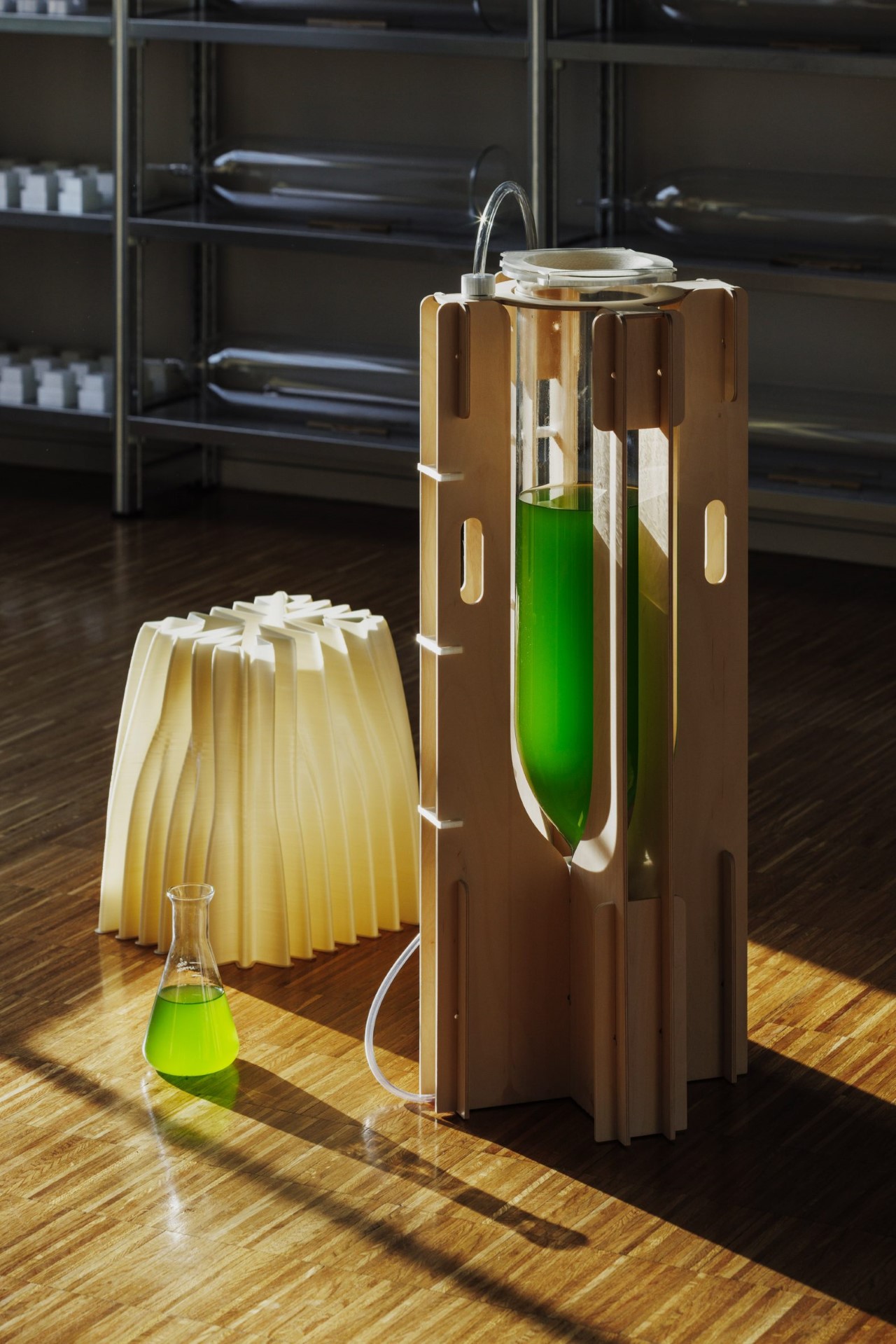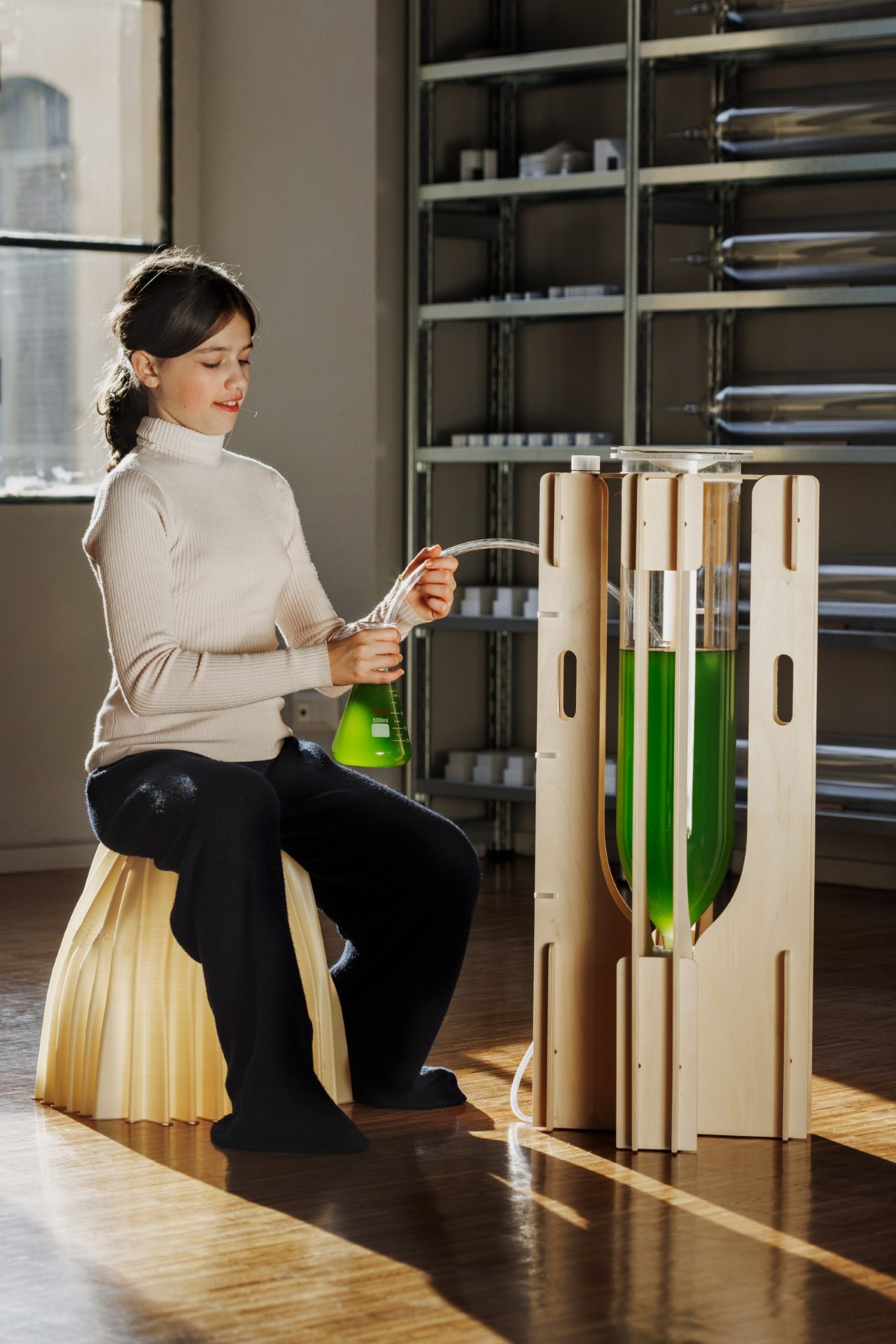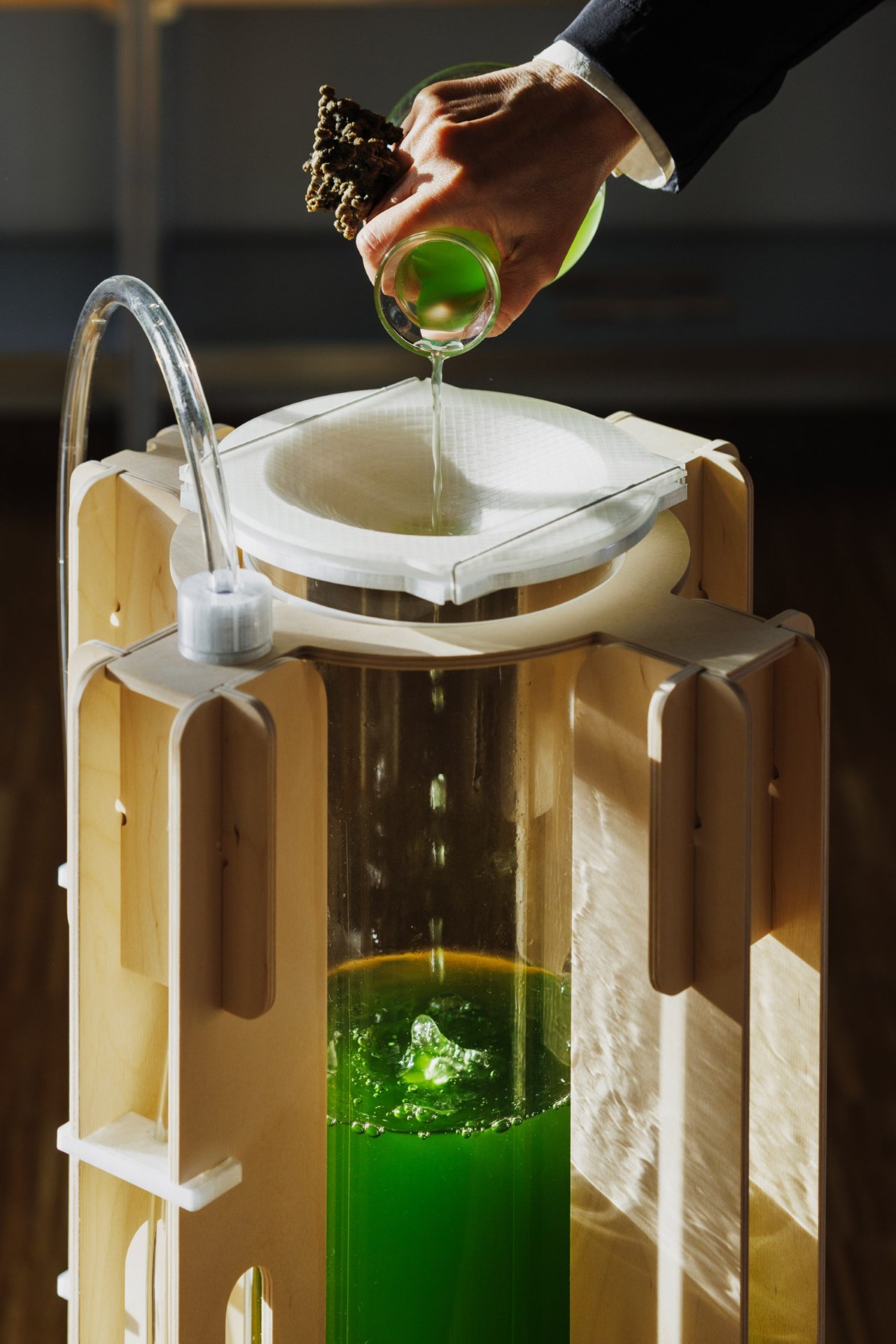
Most people (at least those who are thoughtful and aware enough) are now pretty conscious about how we consume things and where all our waste goes. This also means there is no shortage of product designers who have been experimenting on how to recycle and upcycle materials and products that reach end of life. Product waste is something we also need to think about since this will forever be part of human development.
Designer: Laura Bordini


By Osmosis is a project by Laura Bordini that explores how to use product waste and turn it into a biomaterial that can serve a different purpose and then eventually be used to help grow plants, creating a circular process. She used microalgae biomass that came out of the water purification process of a waste disposal center in Lindlar, Germany. Out of that, she was able to create agricultural biostimulants. The microalgae biomaterial can be turned into things like packaging before turning them into stimulants to promote plant growth and create better soil quality.


One of the packaging that she was able to create is a flower holder made from microalgae and wood powder. Since flowers have an end date as well, the packaging can them be repurposed as biostimulant if you’ll not be using it anymore. Another item she was able to create was seed containers, which again, is pretty apt for this circular process of ecological regeneration. We can also see plantable cards with messages like “Nice to seed you” and it’s made up of seeds and microalgae.



Algae is not a major material that product designers think of but with this experiment, she’s hoping that creators can see it as a future material for their products. It’s materials like these as well as the process to extract and create them that make the ecological regeneration a reality and hopefully, eventually become the norm.


The post Microalgae packaging becomes biostimulant after use first appeared on Yanko Design.
